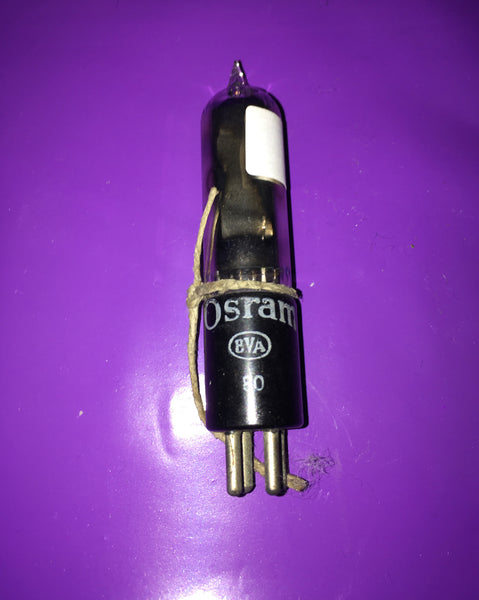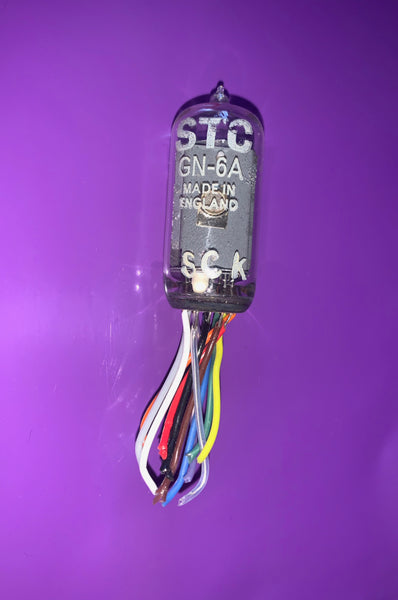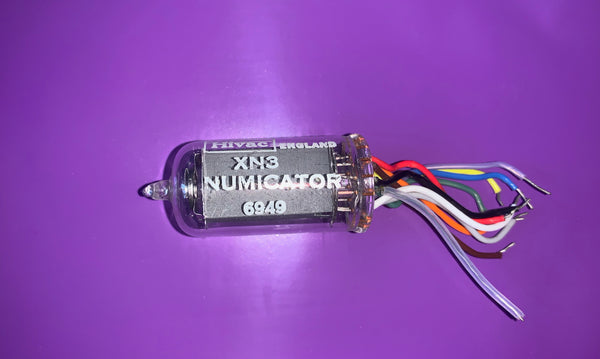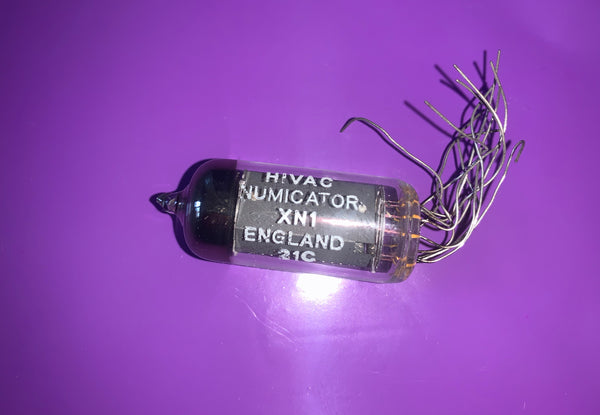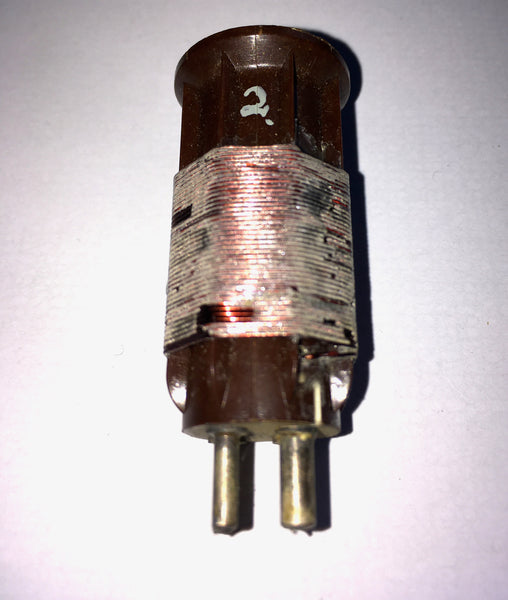Guard channel plug in , 2-4.2 MHz, Type 131, 10D/2000 , Marconi, R1475, RG.44, AP2883G
Guard channel plug in , 2-4.2 MHz, Type 131, 10D/2000 , Marconi, R1475, RG.44, AP2883G
Well, here's a scarce plug in - it's a guard channel plug in for the Marconi R1475 - nearly as scarce as the power supply block for this impressive yet enigmatic receiver which was intended as a ground based successor for the legendary R1155.
For those that don't know, here's a little detail on the R1475: -
The Marconi R1475 and power supply unit was a piece of equipment of exceptionally high performance in sensitivity, selectivity and frequency stability. It incorporated the then most recent advances in electrical and mechanical design techniques, it was suitable for operation from either AC mains or battery. and used a super-heterodyne circuit with twelve valves and a visual tuning indicator which, in conjunction with the new type of greatly extended tuning scale, permitted accurate tuning to within an audible beat note of any given frequency in the band of 2 to 20 Mc/s.
In appearance this equipment departed from the conventional lines, since the special tuning unit and scale occupied a considerable portion of the front panel. Tuning adjustments were effected by means of two large knurled thumb controls, placed for convenience in operating at one end of the tuning drum, at the other end is the wave-change lever, all other controls were arranged in two rows below this. The tuning scale took the form of a drum on which the entire tuning scale is printed in spiral form so that the developed length of the scale was nearly 30 feet and was graduated at 10kc/s intervals throughout the entire band, the scale separation between marks being 3/16" up to 11.3 Mc/s and more than 1/8" up to 20 Mc/s. As the drum was rotated by means of the knurled thumb wheel, moving pointers indicate on which spiral the frequency required was to be read. A static horizontal scale associated with the pointers indicated the frequency in whole numbers of Mc/s. Frequency-calibration check points were clearly marked at 600 kc/s intervals on the drum.
In addition to the precision tuning-adjustment facility a further innovation was introduced in this receiver in the form of a device which enables reception on a fixed frequency between 2 to 7.5 Mc/s,(150 to 40m), (e.g. Guard Frequency) to be carried on simultaneously with the reception of signals on any other frequency (or on the same frequency). Thus on one receiver a double watch could be kept. This dual channel effect was obtained by the use of a second mixer valve which performed the combined functions of an auxiliary mixer and auxiliary oscillator. The oscillator was controlled by a standard plug-in crystal, and the HF circuit associated with this channel takes the form of a unit which is plugged into the front of the set. When the guard- frequency valve was switched on, a signal on that frequency breaks through, irrespective of the frequency to which the main tuning controls were set.
Frequency Coverage
2 to 20 Mc/s (150 to 15m) in 4 Bands.
Band1 :- 2 to 3.6 Mc/s.
Band 2 :- 3.6 to 6.4 Mc/s.
Band 3 :- 6.4 to 11.3 Mc/s.
Band 4 :- 11.3 to 20 Mc/s.



